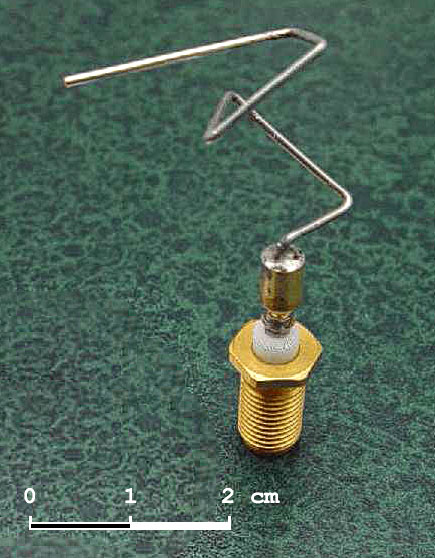
NASA’s 2006 Space Technology 5 carried an unusual item — an antenna that had evolved through Darwinian evolution. To meet a challenging set of mission requirements, researchers at New Mexico State University used a computer program to generate simple antenna shapes, altered them in semi-random manner, and evaluated the results. Those that performed worst against design requirements were discarded and the remainder again “mutated” in a process modeled on natural selection. This procedure can produce a complex but highly efficient shape that might not be found using more traditional methods.
“By exploring such a wide range of designs EAs may be able to produce designs of previously unachievable performance,” the team concluded. “The faster design cycles of an evolutionary approach results in less development costs and allows for an iterative ‘what-if’ design and test approach for different scenarios.”
